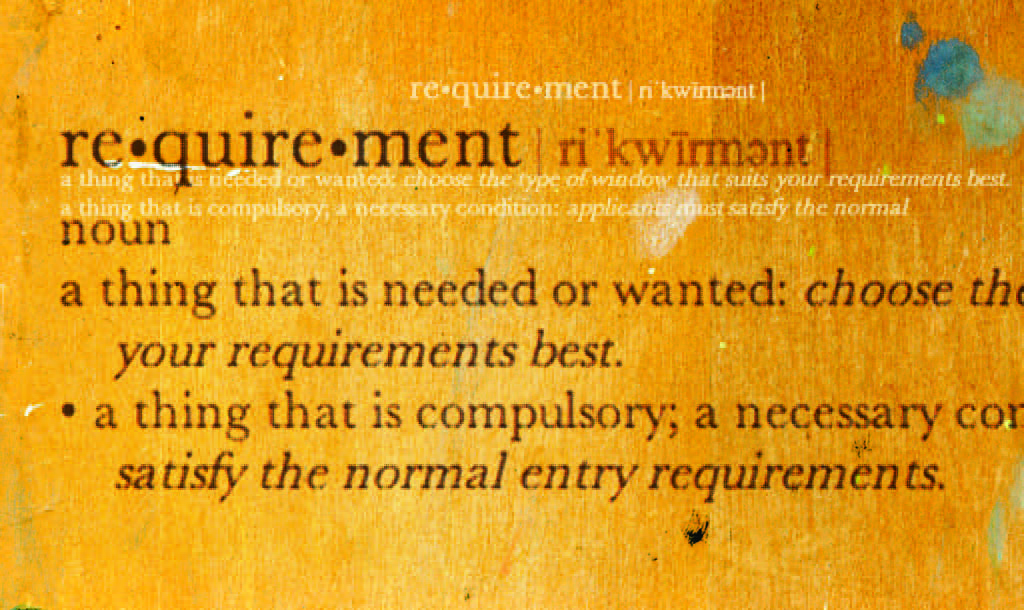By Amir S. Gohardani and Omid Gohardani
Dreams of flight have captured the human imagination for centuries. Children worldwide imagine dancing among the stars and soaring into the blue. Will their visions become reality? The dream of flight has motivated generations to experiment with the physical and scientific world, including those children who against their parents’ advice stretch out their hands from the windows of cars in order to feel the air resistance against their palms. In the early phases of our careers in education, we saw the dreams of flight among the majority of high-school students. Younger generations are always interested in aviation and space sciences. We were asked similar types of questions whether we gave an aviation/aerospace lecture in a school in Tucson, Arizona; Gainesville, Florida; Stockholm, Sweden; or London, England. For many, though, the dream of working in aeronautical and aerospace engineering slowly evaporates and is lost.
Are there underlying reasons for these losses and, if so, how is it possible to avoid them? The answers to these questions are contingent upon two crucial elements: education and research.
Aeronautical/Aerospace Engineering Education
Today, the average aerospace engineering student has a much more comprehensive curriculum than students of only a few decades ago. A combination of novel experimental techniques, more sophisticated computational models, and an overall greater wealth of knowledge provide today’s students with a refined tool set to tackle future engineering challenges.
But a basic element of the discipline—lessons to develop mathematical and computational skills—has a negative impact on many, usually during the early undergraduate years. Fear of these subjects is common; the task of overcoming it is so arduous that a notable number of students choose to abandon their aeronautical/aerospace engineering dreams entirely.
Certainly, there should be no compromise regarding the requirements for acquiring essential knowledge and skills. But one of the challenges the educator faces is how to keep students interested even when the heavy clouds of mathematics and sciences blur the view of their goals.
We believe that modern educational approaches such as learner-centered teaching practices can help retain student interest in aeronautical/aerospace engineering. Educators can enhance or abandon traditional lectures by incorporating new interactive tools in their teaching tools that range from podcasts and audio clips to posters and animations, as well as hands-on experience. For instance, aircraft stall can be taught theoretically as the separation of the airflow from a wing section and a follow-up discussion on the consequence of lift loss. Or it can be experimentally verified in a wind-tunnel setting using smoke visualization and instrumentation to record lift reduction and augmentation. Actually watching a wing section drop is understood more easily and remembered better by students than its theoretical counterpart.
Such additional routes to learning engage the students with these topics without the discouraging fear created by theoretical complexity and abstraction. This step is vital to maintaining a diverse student body capable of meeting the needs of future aeronautical/aerospace sectors.
The Lure of Research
NASA’s involvement in various programs for children and young adults and other community-outreach endeavors inspire many youngsters in the United States and other parts of the world. The bridge between academic studies and research is a golden one for career involvement and advancement. If educators worldwide help students envision the structure of this bridge before its final construction, they have already contributed to a source of inspiration for further progress. Young individuals can be inspired by aeronautical/aerospace research, but they are not drawn to the successful efforts in aeronautics and space exploration as much as they should be. For some students, exposure to research efforts, environments, and outcomes has been marginal at best. Our teaching experiences indicate that giving children the chance to observe aeronautical/aerospace research at early ages means they will tend to follow these subjects more frequently and actively. We see improvements in this regard, but additional efforts would contribute to tomorrow’s aeronautical/aerospace workforce.
New Skills for Global Projects
Our collective collaborations with NASA, the European Space Agency (ESA), and the European Commission’s FP7 program have shown that aeronautical/aerospace research has never been as global as it is now. Project and program management in such an environment requires a new set of approaches that includes personal development and visionary thinking and a variety of skills other than technical expertise. Multilingual skills and insight into cultural differences have a more pronounced role than ever before. Given the dynamic nature of the aeronautical/aerospace industry, unforeseen events such as budget cuts or limited manpower add complexity to the overall implemented management and time management practices. So it is important to attract students whose skills and interests go beyond science and engineering.
The experiences of one of us with a multinational European Commission FP7 program shows that collaboration across borders makes cultural awareness, leadership qualities, communication, and language skills essential. The other author has been involved with the Solar Orbiter mission, in which NASA and ESA jointly aim to address the central question of heliophysics: How does the sun create and influence the heliosphere? The skills needed by the leaders of this project stretch far beyond technical skills.
The success of such projects in the future will depend on the willingness of younger generations to engage with the engineering discipline. Ensuring a bright future for aeronautical/aerospace engineering rests in the decisions made by government entities, policymakers, educational and research institutions, and, perhaps most importantly, by all the individuals who interact with the young men and women who will be the future of aeronautical/aerospace engineering.
About the Authors
 |
Amir S. Gohardani is editor-in-chief of the International Journal of Aerospace Sciences. In 2012 he joined OHB-Sweden (formerly Swedish Space Corporation Space Systems Division) as a propulsion-procurement manager. Dr. Gohardani graduated with an MS in mechanical engineering from the University of Arizona in addition to an MS in aeronautical engineering and a BS in vehicle engineering from the Royal Institute of Technology, Sweden. | |
 |
Omid Gohardani is an executive editor of the Journal of Aeronautics and Aerospace Engineering. Following an MP in aerospace engineering from Cranfield University United Kingdom, he graduated with a PhD in aerospace engineering from the same institution, where he served as a senior project manager for a collaborative project in aeronautics sponsored by the European Union. |









